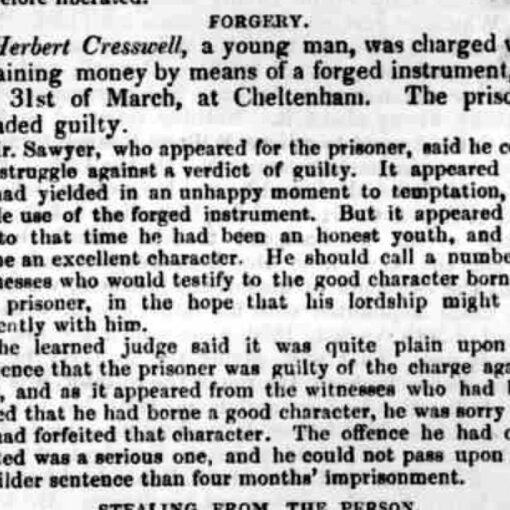Northern Daily Telegraph – Saturday 17 December 1898
Table of Contents
TogglePLUM PUDDING RECIPES.

One and a half pound of raisins, one and three-quarters of a pound of currants, one pound of figs, two pounds of moist sugar, two pounds of bread crumbs, sixteen eggs, two pounds of finely chopped suet, six ounces of mixed candied peel, one ounce of ground nutmeg, one ounce of ground cinnamon, half an ounce of bitter almonds, half a pint of treacle. Mix all the dry ingredients together, and moisten with eggs; when all well mixed put in a buttered mould and boil for eight hours.
Stone and cut 1½lb of muscatel raisins, 1½lb of currants, 1lb Sultana raisins, 2lb of sifted sugar, 2lb of bread crumbs, 2lb finely-chopped suet, 6oz mixed peel, cut thin the rind of two lemons chopped fine, 1oz of ground nutmeg, 1oz of ground cinnamon, 1oz of pounded bitter almonds. Mix all the dry ingredients well together, and moisten with 12 eggs well beaten and strained to the pudding, stir in half a gill of brandy. When all is well mixed, put the pudding into a mould and boil eight hours. Serve with brandy sauce.
Context and Explanation:
- Historical Context:
- This recipe was published in the Northern Daily Telegraph on Saturday, 17 December 1898. Such recipes were commonly shared in newspapers during this period to help households prepare traditional festive meals, especially in the lead-up to Christmas.
- Plum pudding, often associated with Christmas, has roots in medieval England. By the Victorian era, it became a staple festive dish.
- Ingredients:
- The recipes highlight traditional ingredients used in plum puddings at the time, including suet (beef or mutton fat), treacle, dried fruits (raisins, currants, figs), and candied peel. These rich ingredients reflect the celebratory nature of the dish.
- Some ingredients, like bitter almonds, were common in 19th-century cooking but are less used today due to safety concerns (they contain a form of cyanide when raw).
- Preparation:
- The method involves mixing the ingredients, placing the mixture in a buttered mould, and boiling for eight hours. Boiling the pudding for such an extended time was typical, ensuring it cooked evenly and developed its rich flavour.
- Use of Brandy:
- Brandy (or other spirits) was a traditional addition, enhancing the flavour and preserving the pudding. It also aligns with Victorian customs of flambéing Christmas puddings before serving.
Use for Genealogists and Historians:
- Cultural Insights:
- The recipe provides insight into Victorian culinary traditions and seasonal customs, especially for Christmas. It reflects the ingredients and cooking methods that were accessible and popular in 1898.
- It also sheds light on the socioeconomic context; a recipe like this indicates a middle-class readership, as the ingredients (suet, sugar, brandy) might have been unaffordable for the working class.
- Family History Research:
- This recipe can help genealogists connect with their ancestors’ daily lives and traditions. Understanding what people cooked and ate offers a tangible link to the past.
- Food History:
- Food historians can use this recipe to trace the evolution of traditional dishes like plum pudding. Comparing it with modern versions reveals changes in taste, available ingredients, and preparation techniques.
- Local History:
- Recipes published in regional newspapers also provide a sense of community traditions. If someone has roots in areas served by the Northern Daily Telegraph, this recipe connects them to their regional heritage.
Free to use British Newspaper Research Service
British newspapers offer a treasure trove of information for family historians. They capture moments in time, providing context, character, and community insight that official records cannot. With the free service provided by Old British News, this research becomes even more accessible, enabling historians to delve into rich, untold stories of their relatives. By combining these resources with other records, family historians can create a more complete and engaging picture of the past.
I search historical articles to locate mentions of your ancestors—whether they were involved in notable events or simply part of the everyday life reported in these newspapers. If relevant articles are found, I deliver them to you in a PDF format at no cost.
If I find articles, they’ll be sent to you in a clear, organised PDF. If not, you’ll be informed right away. See here.




